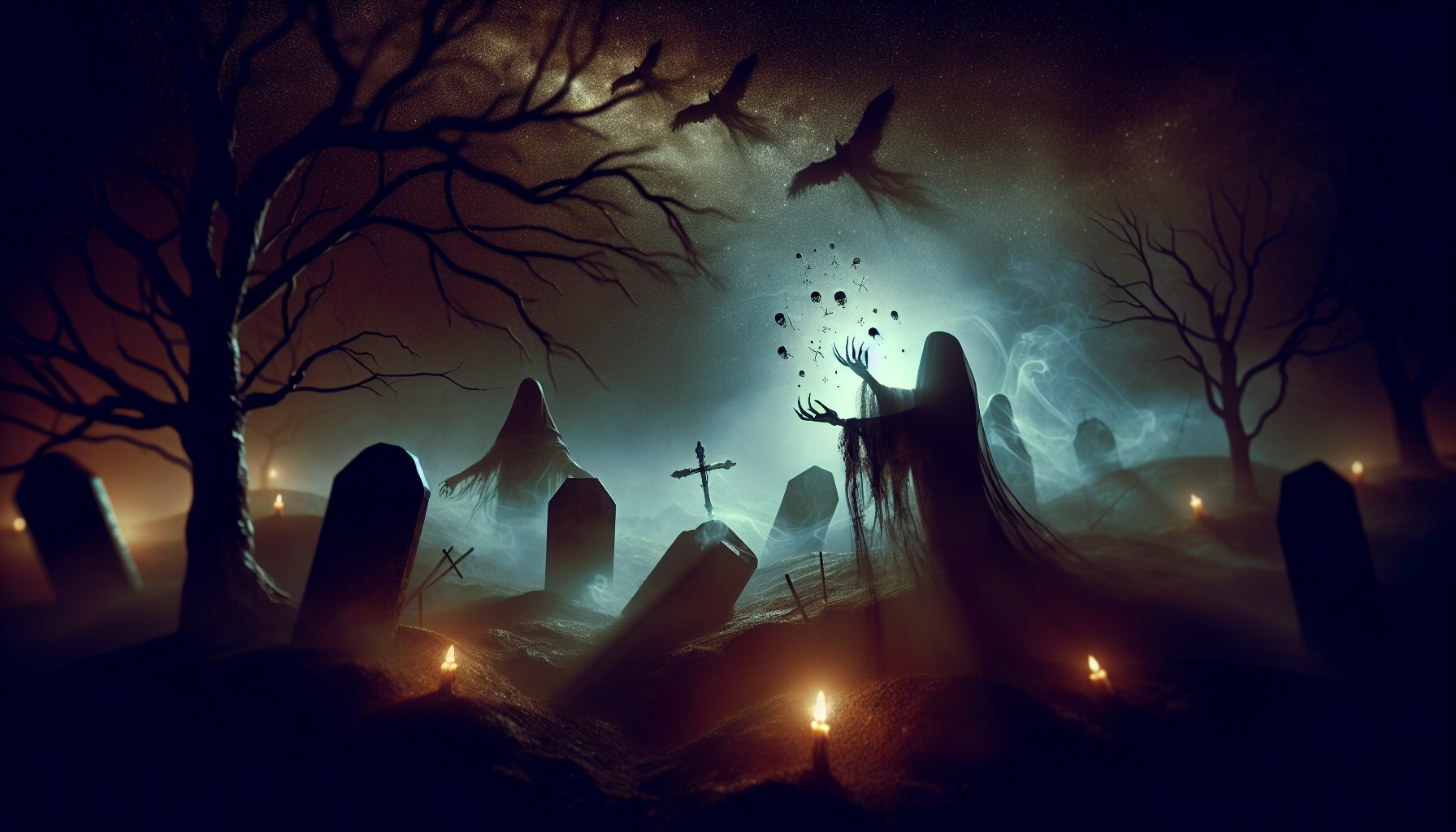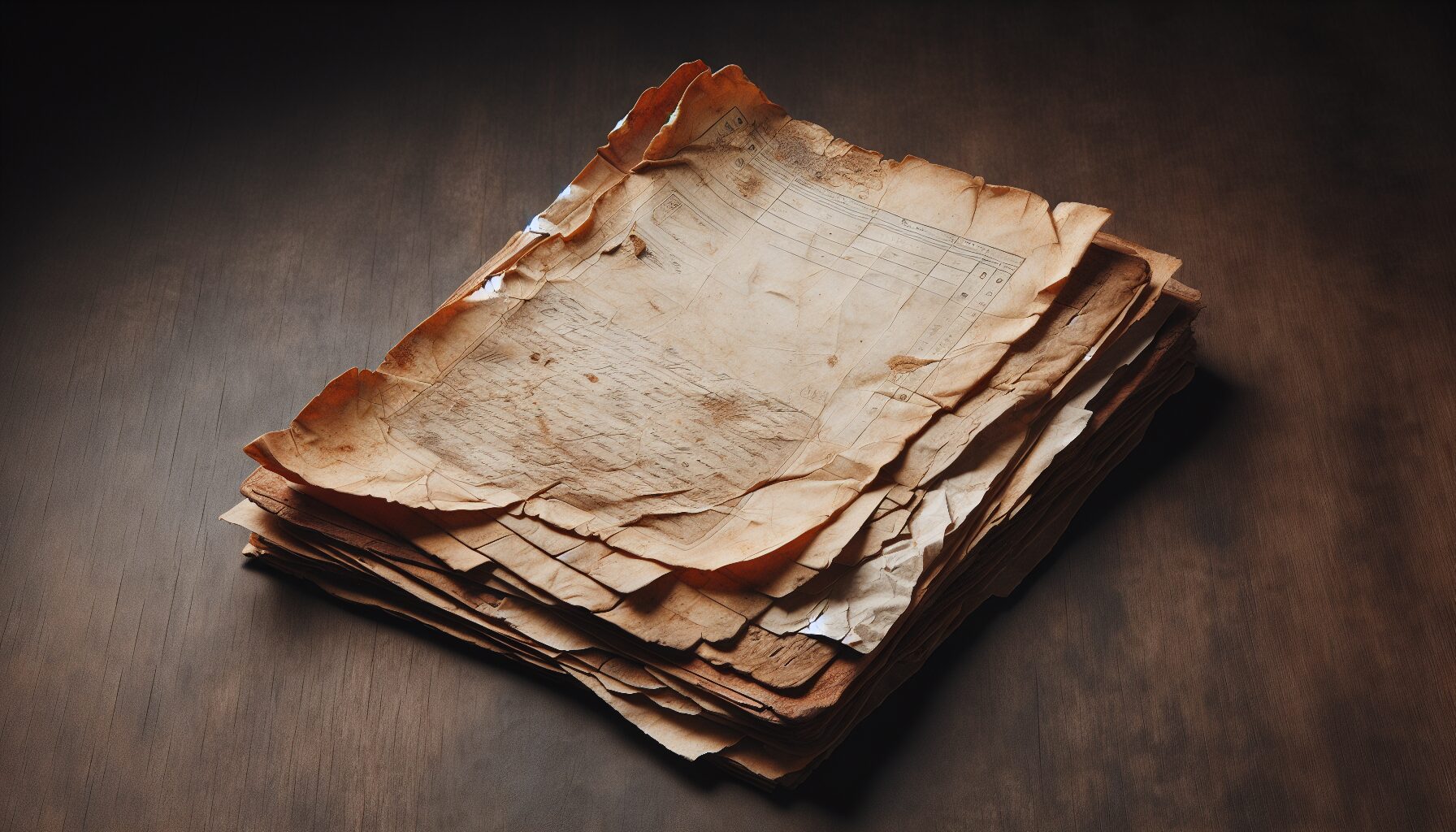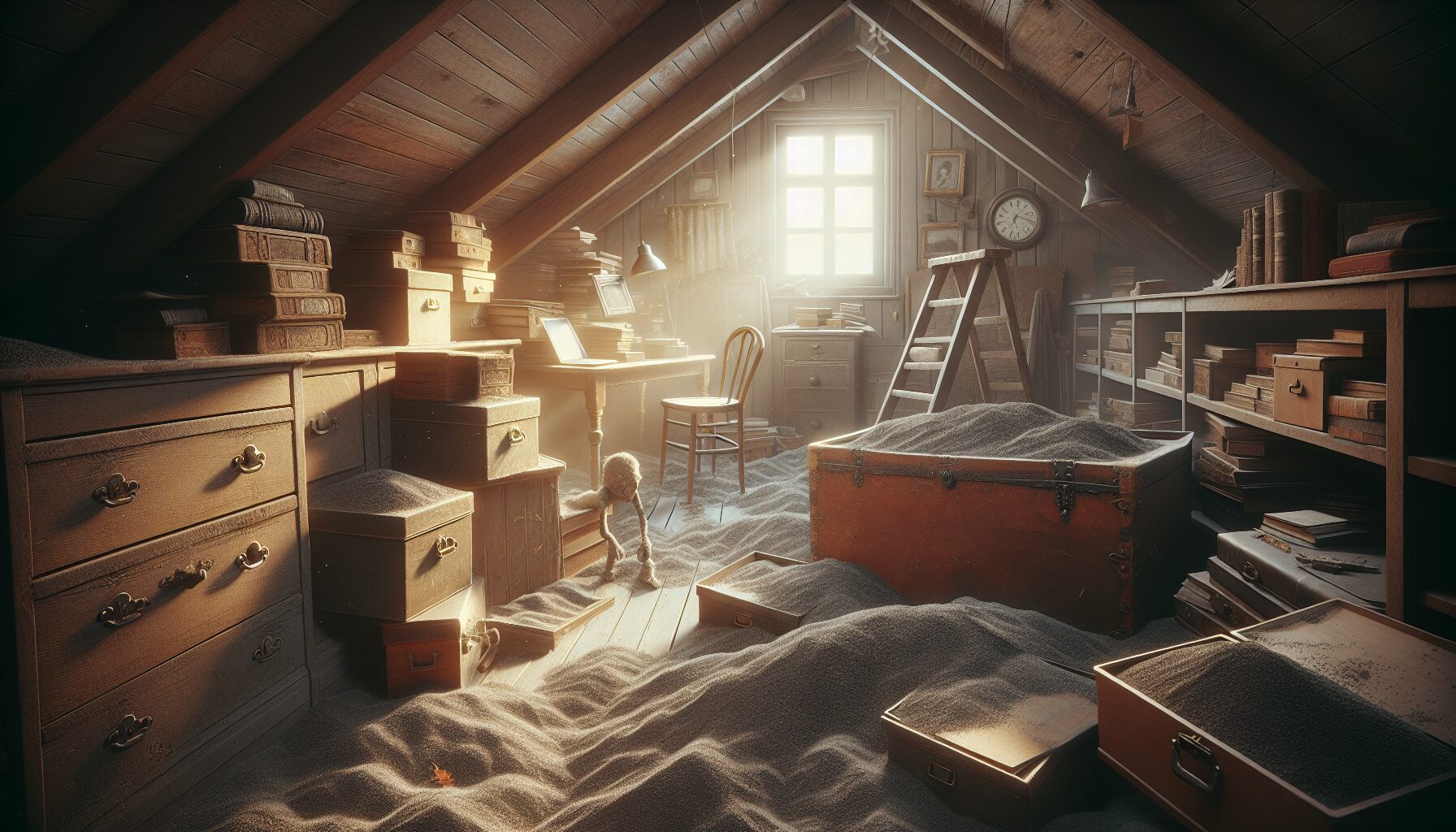The concept of necromancy has long fascinated and terrified the human imagination, entwining myth and memory in a dance as ancient as the shadows themselves. Once considered a dark art reserved only for the brave (or perhaps the foolhardy), necromancy evokes images of sorcerers and midnight rituals, where the veil between the living and the dead is perilously thin.
A Historical Overview
Necromancy, derived from the Greek words nekros (dead) and manteia (divination), refers to the practice of communicating with the dead. This practice was widely employed in ancient cultures to glean secrets from the spirits. The ancient Greeks, for instance, included necromancy as part of their religious rituals, with notable mentions in Homer’s The Odyssey, where Odysseus seeks guidance from the deceased prophet Tiresias.
In medieval Europe, necromancy was often conflated with witchcraft, leading to prosecution and persecution. According to a History.com article, the Inquisition led to the loss of countless lives, often targeting those believed to engage with necromancy.
The Intersection of Memory and Magic
At its core, necromancy is as much about memory as it is about magic. This mystical practice taps into the human desire to connect with those who have passed away, a means to keep their memories alive. As the poet Robert Penn Warren aptly put it, “The past is always a rebuke to the present.”
“To live in hearts we leave behind is not to die.”
This desire, to keep loved ones present through memory, fuels the practice’s persistence through the ages. In a way, necromancy serves as a spiritual archaeology, digging through layers of time to resurrect what once was.
Modern Perceptions and Practices
Today, necromancy has taken on a more symbolic form, often associated with séances and the paranormal. Modern practitioners might use necromancy as a tool for self-reflection or to achieve closure with departed loved ones. However, it remains shrouded in controversy due to ethical and religious concerns.
According to Britannica, contemporary necromancers often use methods such as meditation and tarot alongside more traditional rituals, seeking guidance rather than power over the dead.
Raising Shadows: Ethical Considerations
The practice of necromancy raises significant ethical questions: Is it right to disturb the rest of the deceased? Could such practices unintentionally harm the living? Many religious doctrines argue that the dead should be left undisturbed, emphasizing their place in the afterlife.
- Consent: The issue of consent looms large, as the dead cannot agree to participate in these rituals.
- Intention: Much hinges on the intention behind the practice—whether it is pursued out of love, grief, or a desire for power.
- Impact on the Living: Engagement with necromancy might lead individuals into the depths of their grief, delaying acceptance and healing.
Thus, practitioners and skeptics alike must tread carefully in this mysterious realm, respecting both its power and its limits.
The Cultural Influence of Necromancy
Despite—or perhaps because of—its eerie nature, necromancy has inspired countless cultural works. From Shakespeare’s Hamlet to popular video games like the Diablo series, the notion of communicating with the dead remains a potent narrative tool.
This fascination reflects humanity’s perennial struggle with mortality and the unknown, as well as the hope that, through memory, the departed never truly leave us.
Conclusion: A Dance with Shadows
In the grand tapestry of human belief, necromancy serves as both a reminder and a warning. It is a reminder of our deep-seated desire to connect with those we have lost, and a warning of the potential perils that such connections might bring. In our pursuit of these shadowy paths, may we honor the memories we cherish while respecting the mysteries that lay beyond our understanding.
In the words of William Wordsworth, “Though nothing can bring back the hour of splendor in the grass, we will grieve not, but rather find strength in what remains behind.”








